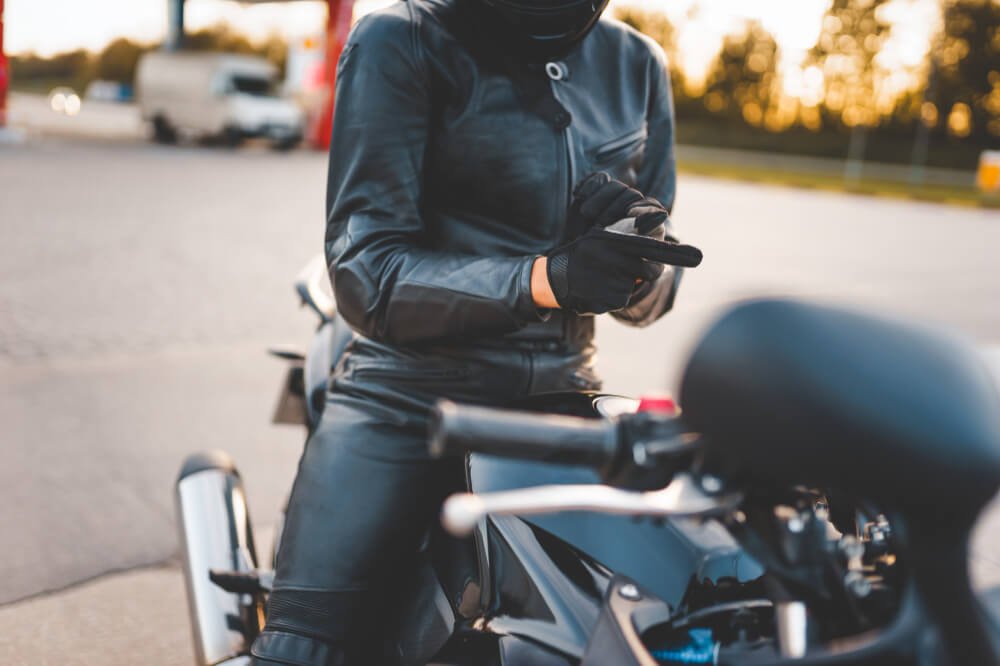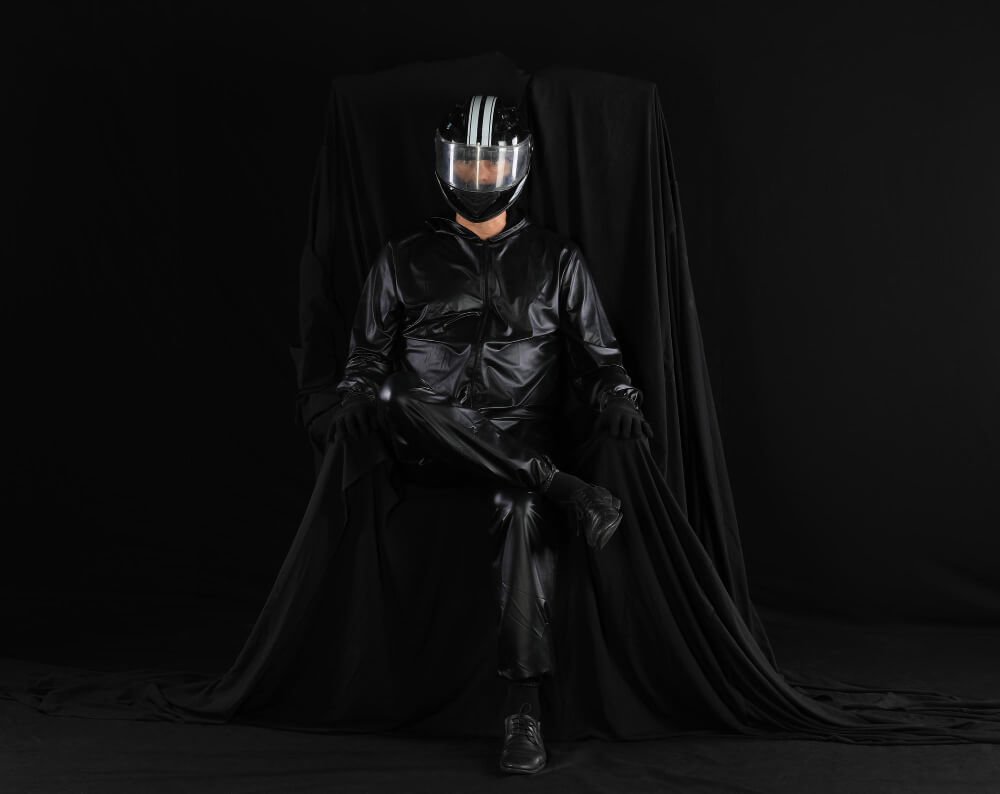
-
By Zara Quinn

When it comes to motorcycle riding, the right gear can make quite a big difference in terms of safety, comfort, and even style. That one important gear every rider needs to invest in is a sturdy riding suit. Whether you’re a seasoned cruiser, an adventure enthusiast, or even a person commuting daily, there’s a riding suit made for your specific needs. In this blog, we dive into the details of some great riding suits, and options for each riding type.
For everyday commuters, the battle is to wear a suit that’s lightweight, well-ventilated, and easy to wear. Look for suits made from tough, yet flexible materials-use textile blends that offer protection while being comfortable. Features like waterproof linings and a removable thermal layer are ideal for running through a wide gamut of weather conditions without having multiple suits.
Mesh textile suits normally include armor inserts for protection and cuts for good breathing, hence appropriate for urban commutes. A number of these models integrate reflective piping to assist in visibility along early-morning or late-night rides.

Long-distance riders require suits for endurance. Comfort is the key factor for riders using such suits, which could be worn for extended hours. Superior quality textile or leather suits with waterproofing, windproofing, and different ventilation options would be great. More functional ergonomic designs, especially with ample storage pockets, are also welcome in extended trips.
GORE-TEX® Touring Suits- GORE-TEX® suits represent the best classes for weather resistance and comfort during long journeys. They are also abrasion-resistant, meaning they will hold out in the rigors of the road while keeping riders dry and comfortable.

For sport riders, speed and performance come first. Key features include aerodynamic designs, leather construction, and high-impact protection. Many of these suits have reinforced padding at the elbows, knees, and shoulders, which also helps riders withstand the rigors of high-speed riding. Look for suits that will be snug-fitting, allowing ample movement without extra fabric.
One-Piece Leather Suits – These suits have the best aerodynamics for sport riders. With integrated armor/stretched panels, they are made for the range and demands of racing and high-speed motorcycling.

Adventure suits should be able to manage the most varied terrains and climates that an adventure rider will encounter. These are usually made from tough textile materials, with ample provision for ventilation, waterproofing, and often thermal insulation. Sufficient reinforcement in panels is common in high-quality adventure suits for added protection while riding off-road.
Dual-Sport Suits – Besides adventure riding, these suits are specially made to merge the durability of off-road gears with comfortable street-riding suits. Models should be designed to feature adjustable vents with waterproof layers and abrasion-resistant fabric.
The rest, who cruise more casually, may prioritize comfort and style over the rugged features. Leather suits are, however, in demand due to their classic appearance with dependable protection. Some cruiser suits have extra padding for added protection, while others have roomier designs for a more relaxed riding experience.
Classic Leather Cruiser Suits- These offer style, comfort, and some protection. Without advanced features and appointments found on touring or adventure suits, they provide ample durability and a vintage aesthetic that appeals to the casual rider.
Whichever the riding style may be, there are increases in a suit’s versatility and durability based on the following features:
What matters most with a riding suit is that it eventually fits your riding style, giving comfort, protection, and functionality in somewhat the right proportions. The investment in a high-quality suit to suit your needs will enhance the riding experience and keep you safer on the road.
Share :
Subscribe to our fortnightly newsletter with stories from our latest adventures and the best travel tips